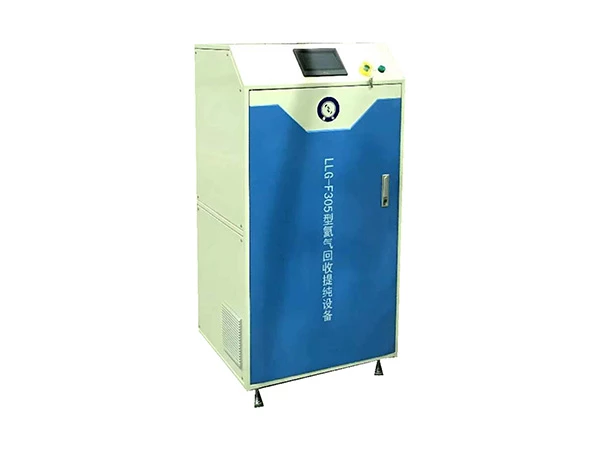Helium, known for its various industrial applications and critical role in scientific research, has become an increasingly scarce resource. With the global helium supply facing constraints, the need for efficient helium recovery technologies has emerged as a pressing concern. However, several challenges and limitations hinder the widespread implementation of these technologies.

Depletion of Helium Reserves
One of the foremost challenges revolves around the depletion of helium reserves. Helium, a non-renewable resource primarily extracted from natural gas fields, is often released into the atmosphere after use. As a result, the available helium reserves are rapidly dwindling, necessitating the development of effective recovery technologies to capture and recycle this valuable gas.
Technological Complexity and Cost
Implementing helium recovery technologies presents technological complexity and cost-related challenges. The design and installation of helium recovery systems require specialized expertise, precision engineering, and advanced equipment, contributing to substantial initial investment and operational expenses. These complexities pose barriers to the widespread adoption of these technologies, particularly for smaller enterprises and research facilities.
Operational Efficiency and Purity
Ensuring operational efficiency and the purity of recovered helium constitutes another limitation. Helium recovery processes must yield high-purity helium to meet stringent industrial standards and research requirements. Achieving optimal efficiency while maintaining helium purity demands sophisticated filtration and separation techniques, further adding to the intricacy and operational costs of implementing recovery technologies.

Regulatory Compliance and Safety
Regulatory compliance and safety considerations also impact the implementation of helium recovery technologies. Adhering to environmental regulations, safety protocols, and industry-specific standards presents a challenge, especially when integrating recovery systems within existing infrastructure. Compliance with stringent guidelines adds complexity to the development and deployment of helium recovery solutions, necessitating comprehensive planning and risk assessment.
Infrastructure and Space Constraints
The integration of helium recovery technologies within existing industrial and research facilities faces infrastructure and space constraints. Retrofitting operations with recovery systems, as well as accommodating the required equipment and processing units, poses logistical challenges. Overcoming space limitations and ensuring compatibility with diverse facility layouts represent significant hurdles in the adoption of helium recovery technologies.
In light of the challenges and limitations associated with implementing helium recovery technologies, concerted efforts are essential to address these obstacles and propel the widespread adoption of efficient helium capture and recycling methods. Collaboration between industry stakeholders, technological innovation, and supportive regulatory frameworks can drive advancements in helium recovery, mitigating supply shortages and contributing to sustainable utilization of this increasingly scarce and invaluable resource. By recognizing and addressing these challenges, the industry can work towards establishing a more robust and sustainable helium supply chain, ensuring its availability for future generations and diverse applications.







